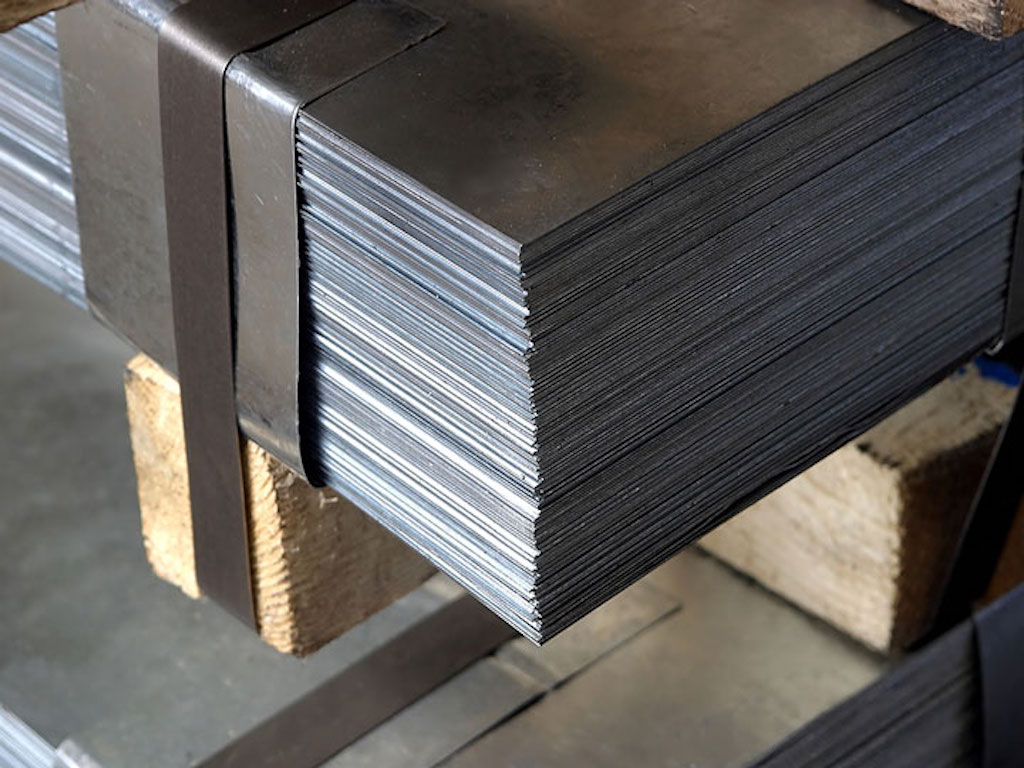Characteristics and Properties of Aluminum 2014
Oct 9, 2024

There are a variety of advantages to using aluminum and its alloys over other materials. Although other materials may possess some of aluminum's advantages, they can't match the full range of benefits that aluminum offers. Here, we will explain to you the details about the key characteristics of aluminum alloys like Aluminum 2014.
Light Weight: Aluminum weighs only 0.1 pounds per cubic inch and its specific gravity is 2.7. With a weight of approximately one-third of the weight of iron, steel, copper, and brass, it is lighter by volume than many other metals. This quality of aluminum makes it less costly to transport and a perfect material for use in the aerospace industry. The primary reason for the extensive use of aluminum in aircraft is its lightweight nature, which enhances fuel efficiency.
Strong: Not only aluminum is lightweight but it also possesses high strength, making it suitable for many aerospace applications. Aluminum alloys like QQ-A-200/2 become stronger in below-zero-degree temperatures. That’s why they are a commonly used and highly useful material in cold environments.
High Strength-to-Weight Ratio: Aluminum possesses an excellent combination of lightweight and high strength which is why it is a common material in the aerospace and automotive industry. Adding the following elements into aluminum can help increase strength:
Manganese
Silicon
Copper
Magnesium
Zinc
Heat treatments also help increase the strength along with some other properties.
Corrosion Resistant: Aluminum alloys, such as 2014-T6511, possess strong corrosion resistance as they naturally form a thin and hard aluminum oxide layer on their surface. This protective layer can reach a thickness of 0.2 millionths of an inch; for further protection, an anodized finish or applying paint can help.
Perfect Thermal Conductor: Aluminum is a perfect conductor of both heat and cold therefore it’s perfect for applications needing engine components, refrigerator evaporators, and heat exchangers. The aluminum extrusion process is best for manufacturing custom shapes to make optimal use of its thermal conduction properties.
Perfect Electricity Conductivity: Aluminum is the most cost-effective metal with sufficient electrical conductivity to be used as an electrical conductor. Due to the low density of aluminum, it can conduct more than twice as much current as the equivalent weight of copper. Different aluminum alloys offer different levels of electrical conductivity and can be used for electrical applications, such as power transmission lines.
Resilient: Aluminum can be formed or reworked into another shape as it has a combination of strength with flexibility. It can flex under loads or spring back from the shock of impact. Among various processes for reworking aluminum the most common ones are extrusion, rolling, forging, and drawing.
Suitable For Cold Environments: Aluminum alloys like Aluminum 2014 are excellent materials for cryogenic purposes as their strength increases under cold temperatures. That is why it is used in outer space applications along with airplanes and for construction in high latitudes.
Workability: Aluminum allows the creation of intricate shapes without the need for mechanical joining techniques. The resulting profile is usually stronger than a comparable assembly and is less likely to loosen or leak. Aluminum components can be joined using various methods, including soldering, welding, and brazing. In addition to it, adhesives, clips, bolts, rivets, or other fasteners, are used to join aluminum parts. Adhesive bonding is used for tasks like joining aluminum aircraft components.
Looking for competitive prices on aluminum products like AMS 4121, QQ-A-200/2, 2014-T6511, 2219-T851, AMS QQ-A-250/30, Aluminum 2014, and AMS 4599? Choose FlightMetals to get the highest quality aluminum stock at reasonable prices.